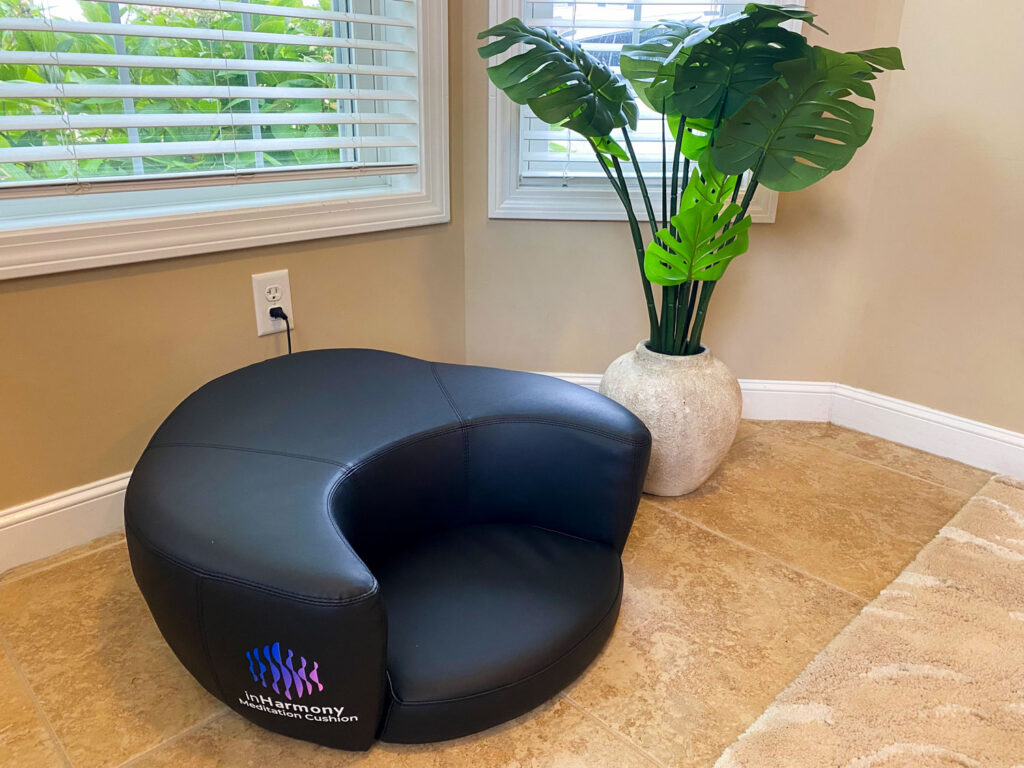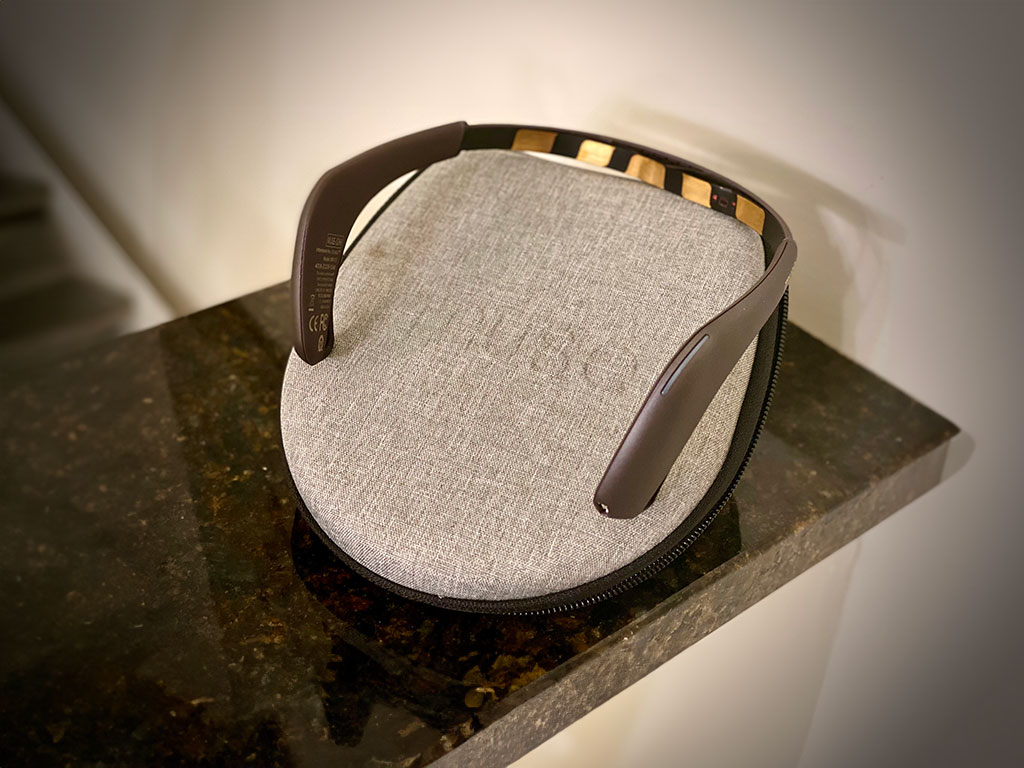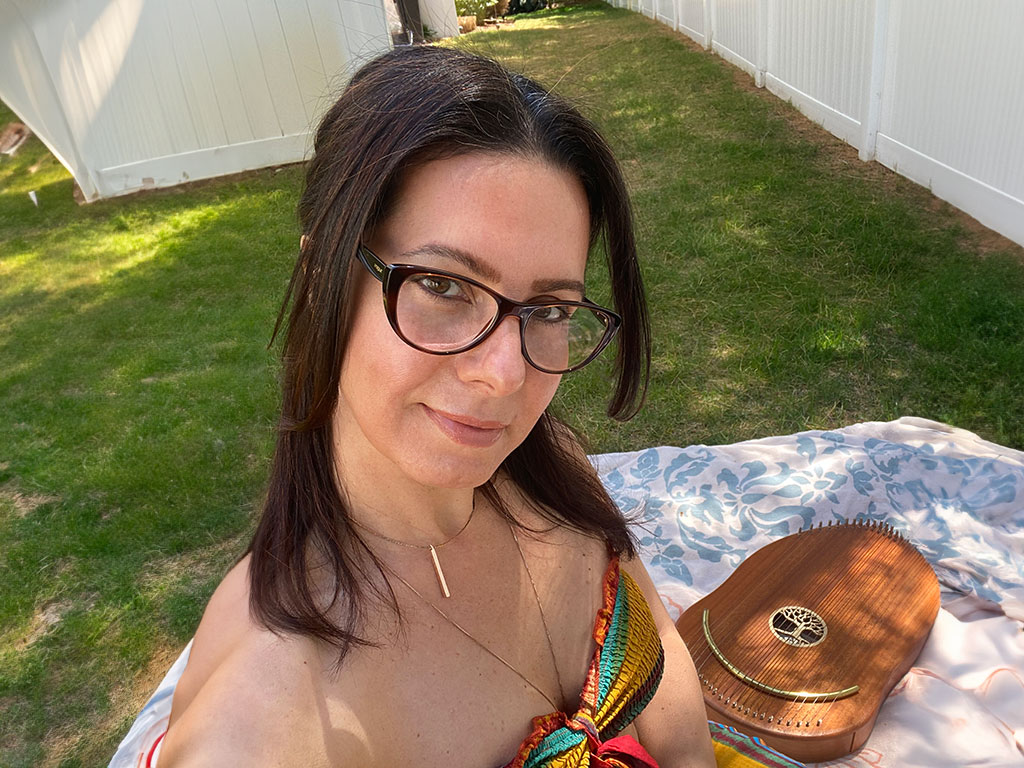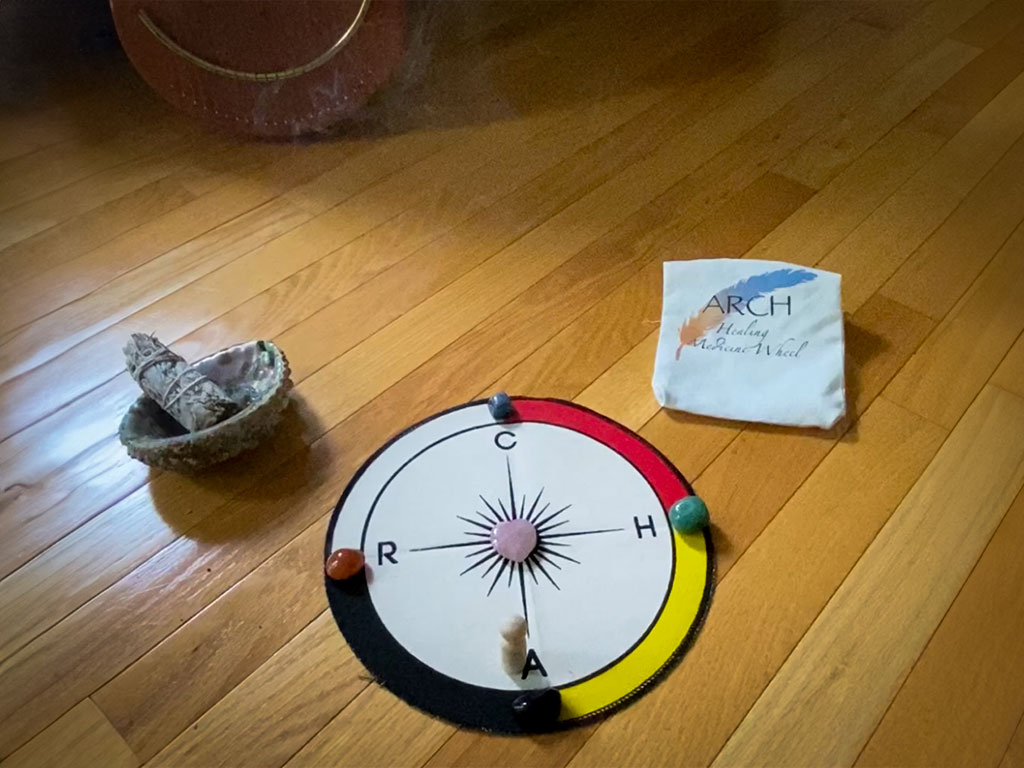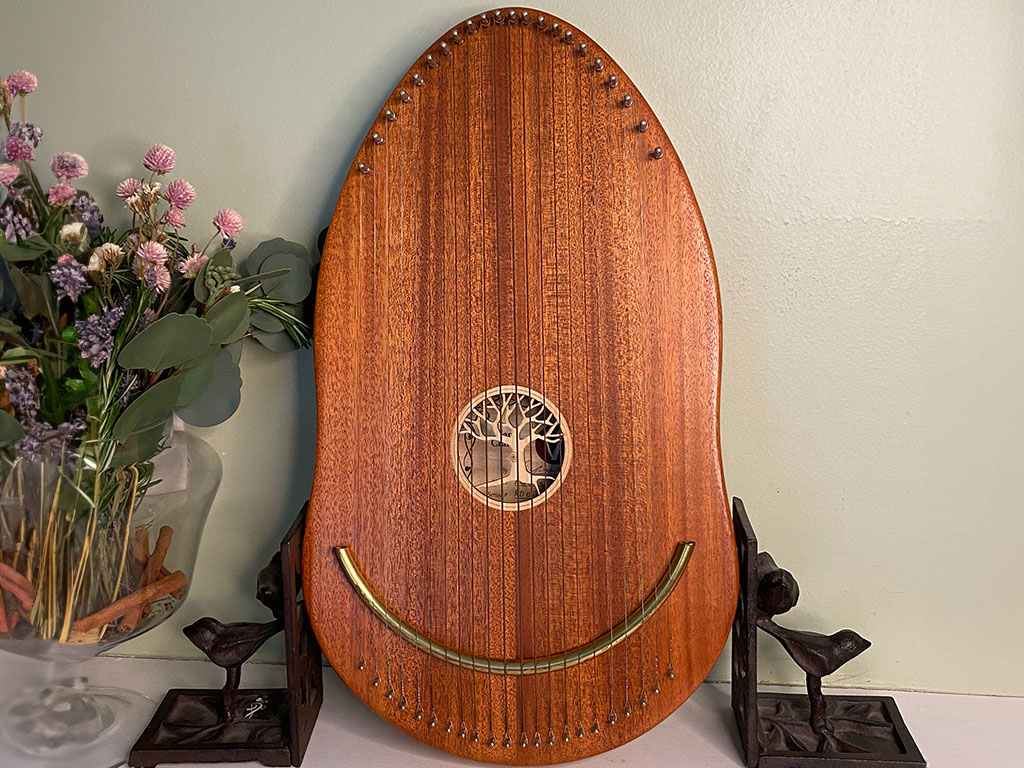In the ever-evolving world of youth culture, music remains one of the most powerful forces shaping identity, emotion, and expression. Among Gen Z and Gen Alpha, a subgenre called Rage Rap has exploded in popularity. But what is it really? And how does it impact the mental health and emotional regulation of our teens?
As a therapist who works with adolescents, I see firsthand how music isn’t just background noise—it’s a mirror of inner worlds. That’s why I created a free, printable teen-friendly PDF called:
🎧 Rage, Rap & Real Talk: A Teen Guide to Music, Emotions & Taking Control of Your Story
Keep reading to explore the emotional impact of Rage Rap—and how we can empower teens to use music instead of being used by it.
💥 What Is Rage Rap?
Rage Rap is LOUD. It’s INTENSE. It mixes trap beats, distorted basslines, and raw vocals. Lyrically, it often centers on themes like:
-
Feeling misunderstood 😤
-
Fighting back 💣
-
Escaping through substances 🔥
-
Emotional numbness 😶
Artists like Playboi Carti, Ken Carson, Destroy Lonely, and Travis Scott lead the movement, with concerts that feel more like mosh pits than music venues. For teens navigating strong feelings, this music can feel validating—but it can also intensify dysregulation.
🧠 Why This Matters for Teen Mental Health
Teens’ brains are still developing, especially the prefrontal cortex (which helps with impulse control and emotional regulation). Music—especially music with low frequencies and aggressive tones—can spike adrenaline and reinforce heightened states of anger, anxiety, or despair.
Rage Rap isn’t bad—in fact, it can be a form of release and self-expression. But when it’s the only outlet or becomes a coping mechanism for unprocessed pain, it may be reinforcing cycles of dysregulation.
🎶 Music Can Heal, Too
The same part of the brain that reacts to rage music can also respond positively to sound healing, calming rhythms, and affirming lyrics.
In the free teen handout, we introduce:
-
Healing Frequencies like 396 Hz (for anger), 432 Hz (for grounding), and 528 Hz (for self-love)
-
Questions teens can reflect on about their playlists
-
Alternative ways to express strong emotions—like journaling, art, songwriting, or therapy
✨ Download the Free Teen Handout
Want to start a meaningful conversation with your teen, client, or student about how music influences emotions?
Download the FREE handout:
Rage, Rap & Real Talk: A Teen Guide to Music, Emotions & Taking Control of Your Story
📥 Click here to download the PDF
Perfect for:
-
Therapists and school counselors
-
Parents of teens
-
Youth group leaders
-
Mental health educators
Final Thoughts
Music is a bridge. It can bring teens closer to understanding themselves—or it can pull them deeper into confusion and pain.
Our role as adults is not to censor their playlists—but to help them reflect on how music affects their minds, bodies, and choices. With tools like this free handout, we can start that conversation on their terms—with respect, curiosity, and a beat they understand.
Let’s help teens turn up the volume on healing.

